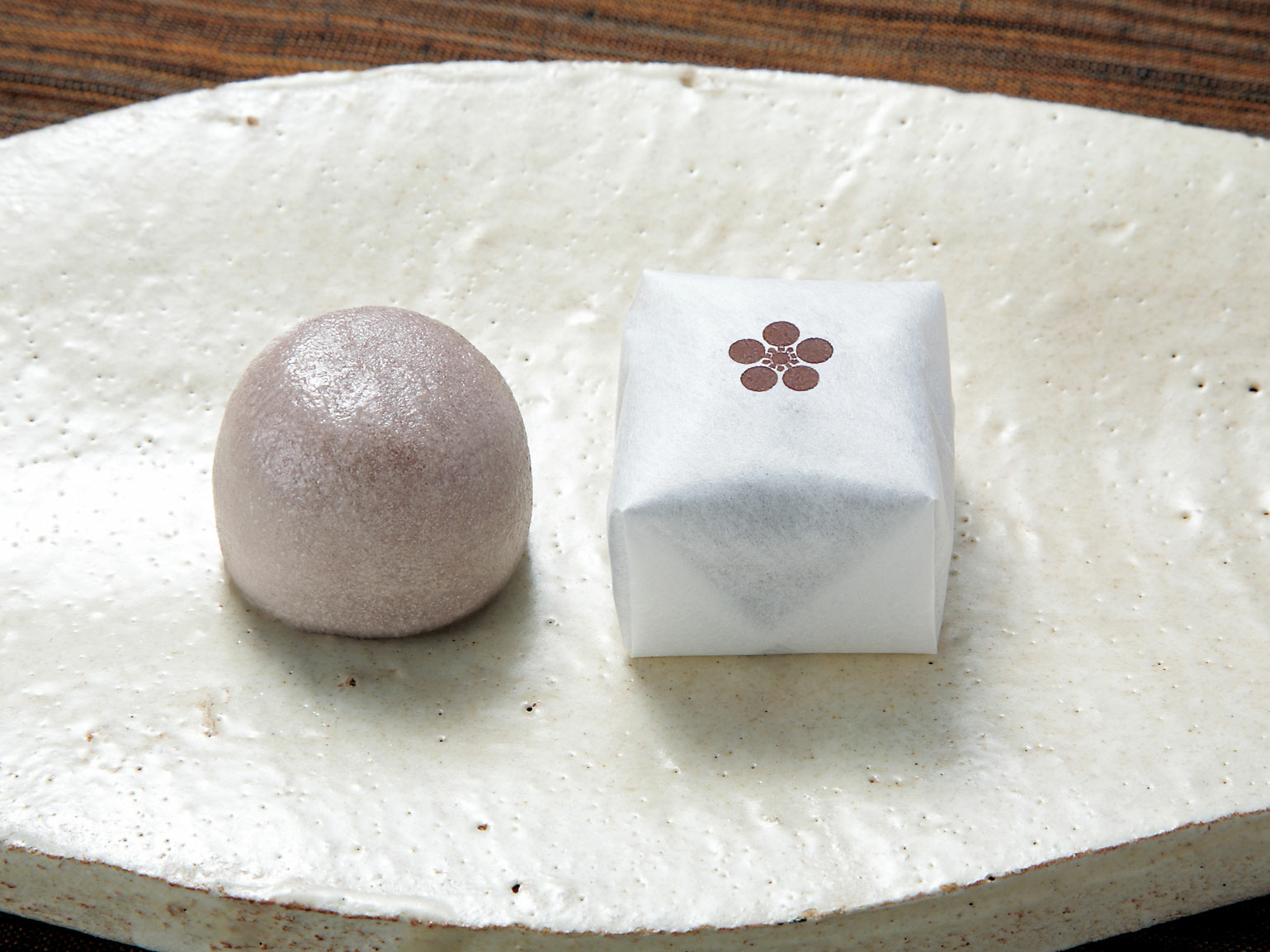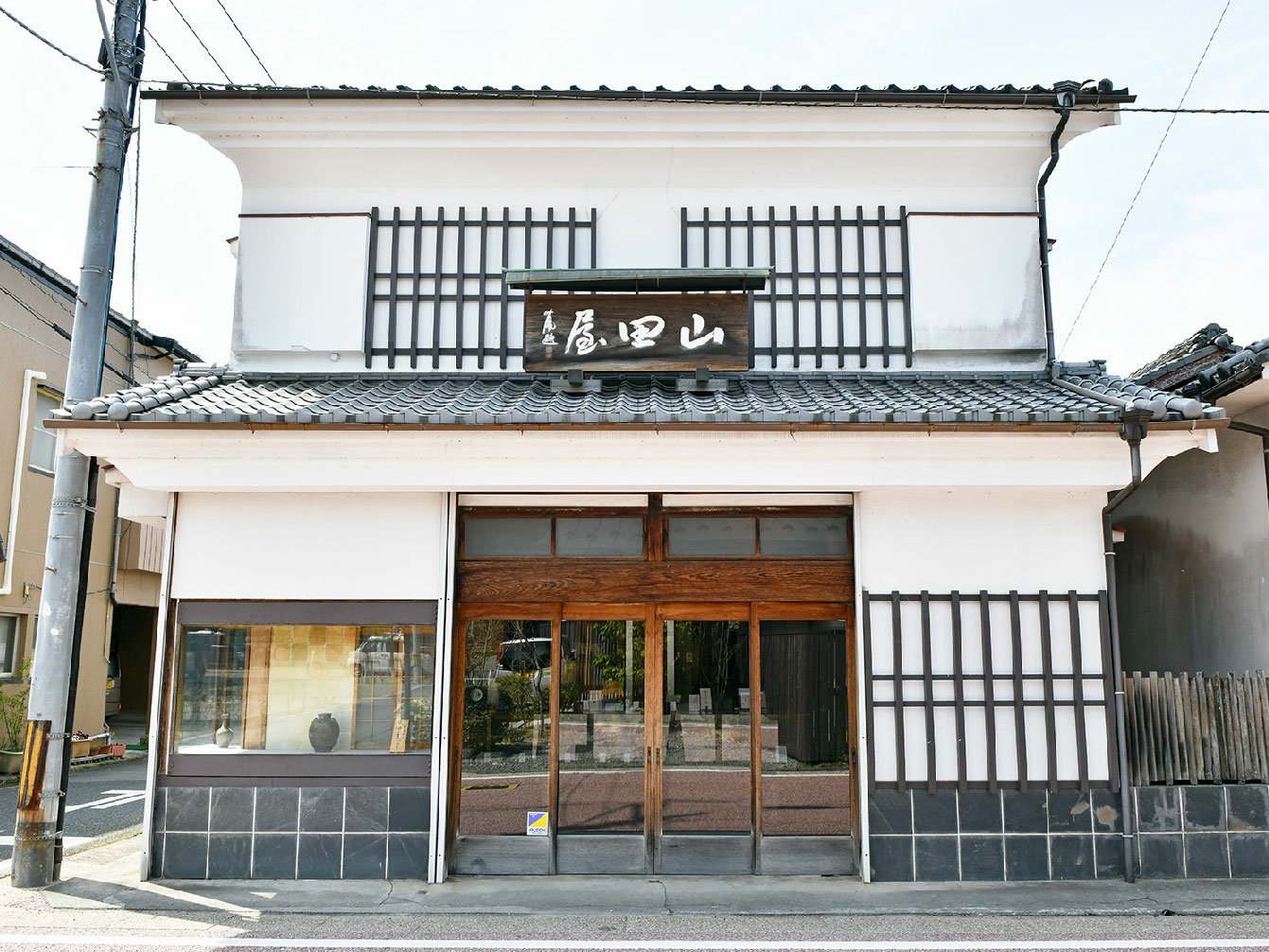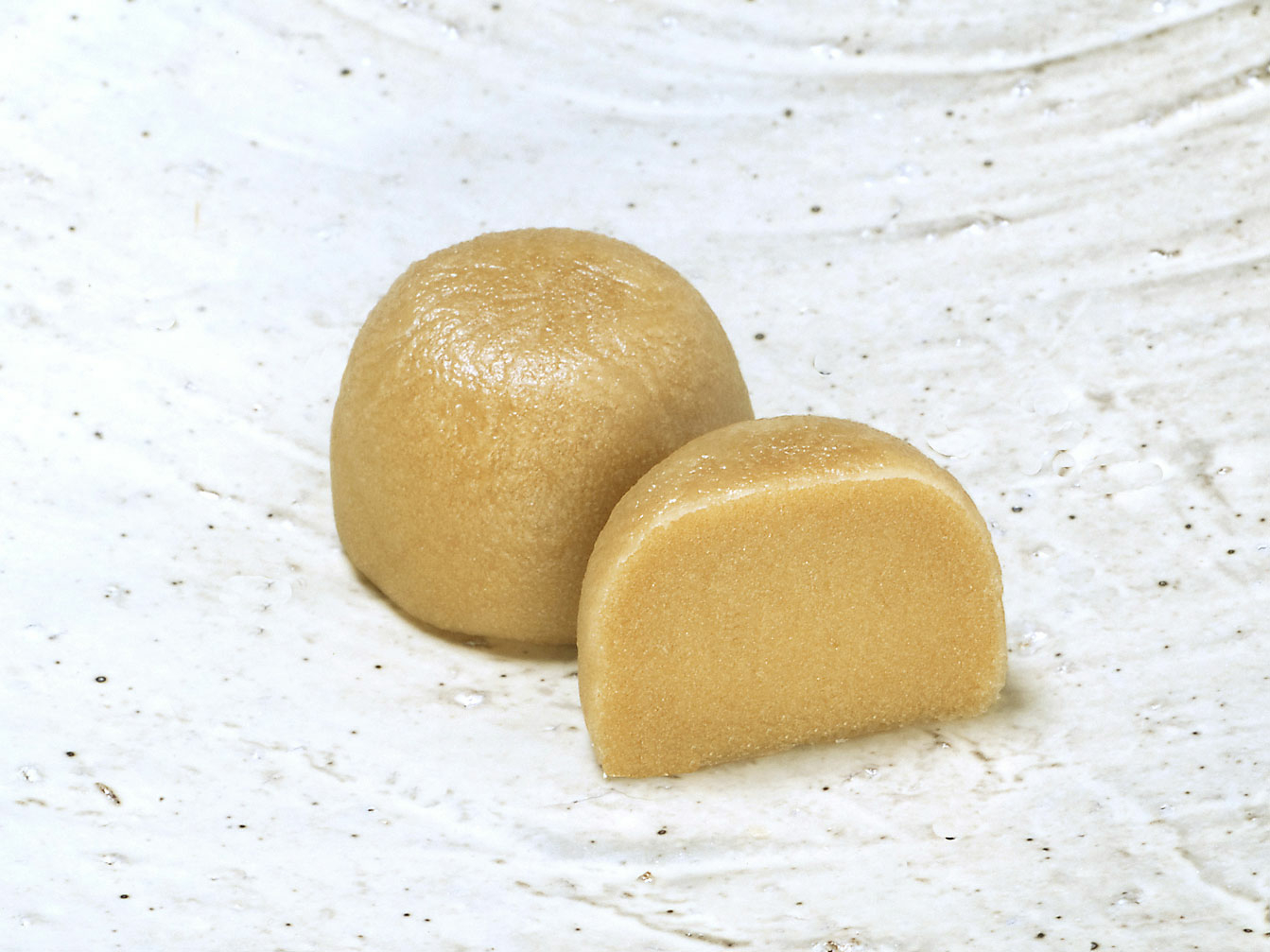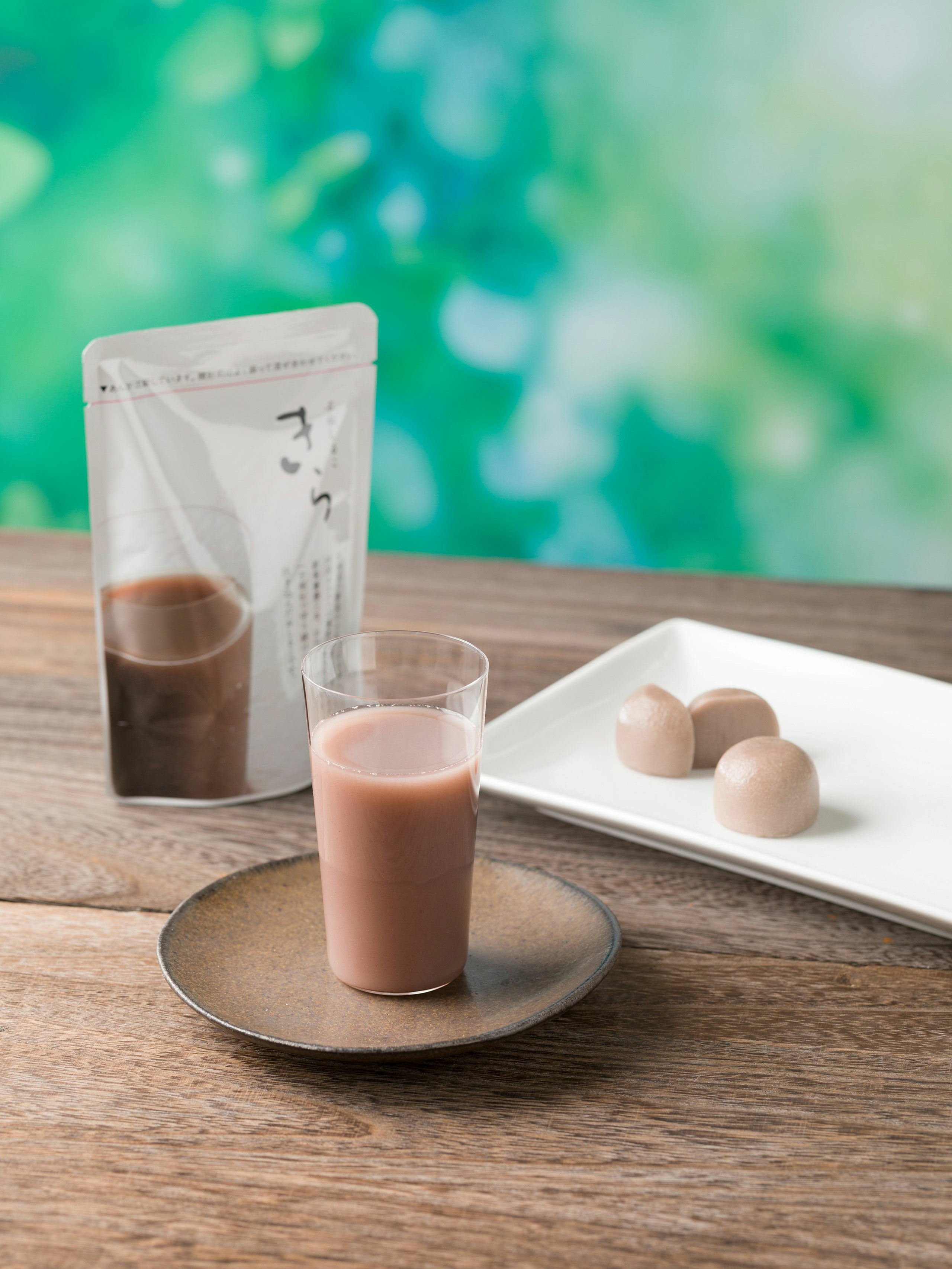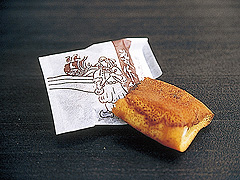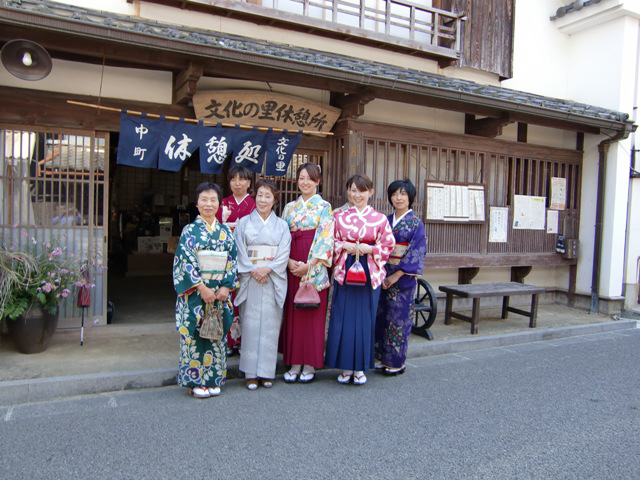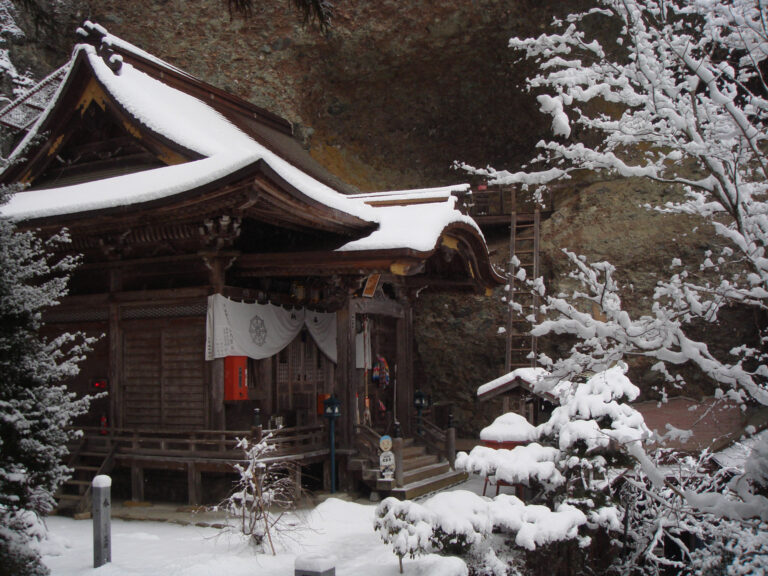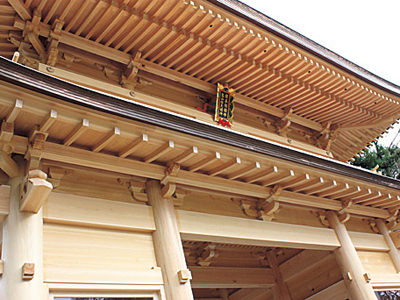Bit-sized Koshian buns
Storeroom with a sense of history and style
A new bun "Kokibi" that was born on the 50th anniversary of its founding
Shirako "Kira" finished with Yamada-ya's proud koshi paste and Shikoku karst natural water
The information provided reflects the details available at the time of the survey.
Please note that facility details may change due to the facility’s circumstances, so please check for the latest information before visiting.
This content has been translated using machine translation.
Information provided by: JTB Publishing
This content uses automatic translation services. Automatic translations may not always be accurate.
Please note that the translated content may differ from the original meaning. We ask for your understanding when using this content.

